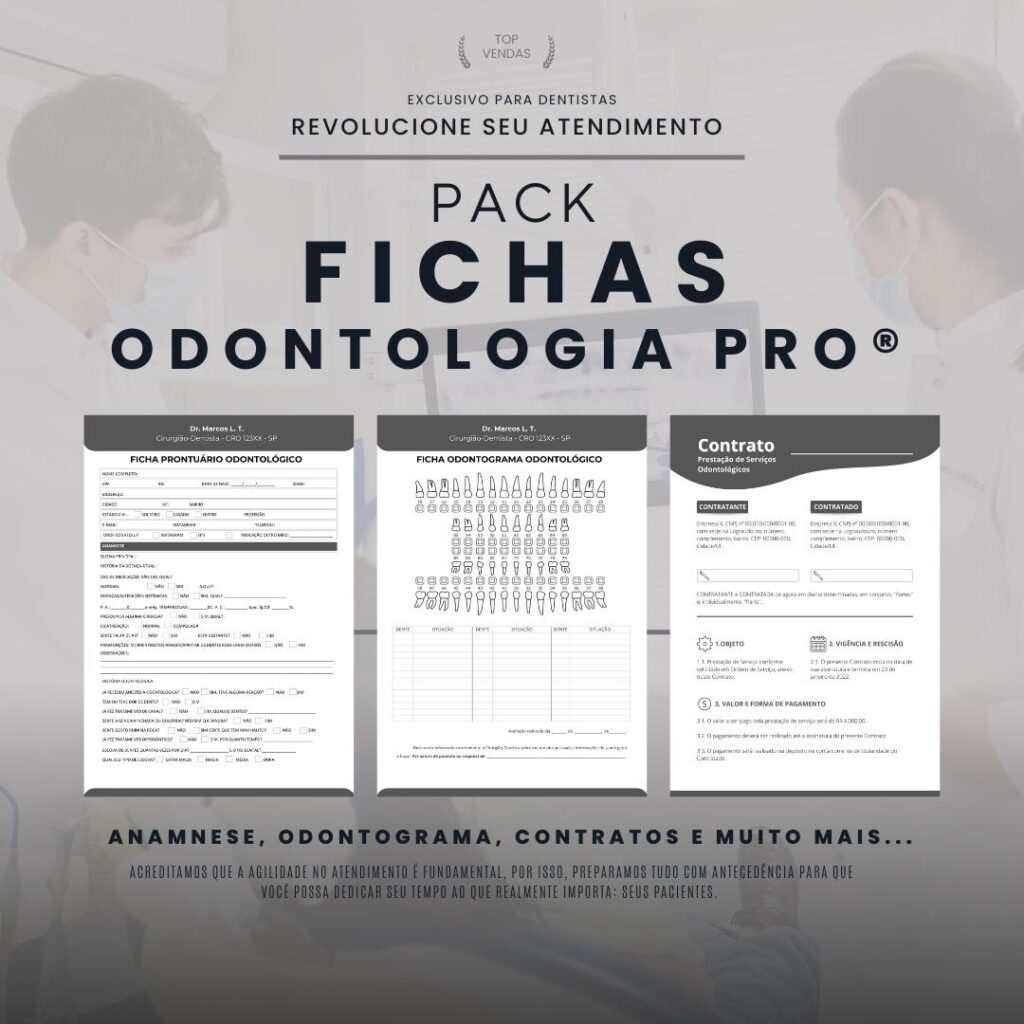Introduction
In the world of dentistry, it is essential that professionals are equipped with the best technologies to provide the best possible treatment to patients. One such technological advancement is the digital sensor for dental X-rays, which has revolutionized the way radiographic images are captured and viewed.
What is a digital sensor for dental X-rays?
The digital dental X-ray sensor is an electronic device that replaces the traditional X-ray film used in dentistry. It is connected to the computer or radiographic imaging system and allows the dentist to capture images in real time.
This sensor consists of an array of photosensitive sensors that convert X-rays into electrical signals, which in turn are converted into digital images. These images can be viewed instantly on a computer monitor, facilitating diagnosis and treatment planning.
Advantages of the digital sensor for dental X-rays
With the introduction of the digital sensor in dental radiography, several advantages have emerged compared to the use of traditional radiographic film. Below, we list some of the main advantages:
Superior image quality
The digital sensor captures high-quality images with high resolution and contrast. This allows the dentist to view minute details and make an accurate diagnosis. In addition, the ability to zoom in and adjust the brightness and contrast levels of the images makes interpretation even easier.
Speed and efficiency
With the digital sensor, the image capture and display process is instantaneous, eliminating the need for chemical processing and development as with traditional radiographic film. This saves time for both the dentist and the patient, making care more efficient.
Reducing radiation exposure
The digital sensor requires significantly less radiation to capture the radiographic image compared to traditional radiographic film. This is especially important for the health of the patient and the dental team, reducing the risks associated with continuous radiation exposure.
Image storage and sharing
Images captured by the digital sensor can be stored electronically in the dental image management system. This eliminates the need for physical storage space for radiographic films and makes it easier to share the images with other professionals if necessary.
Final considerations
The digital sensor for dental X-rays is an innovative technology that has brought many advantages to dental practice. In addition to providing high-quality images and enabling more accurate diagnosis, it also improves the efficiency of care and reduces radiation exposure. Therefore, it is essential that dental professionals invest in state-of-the-art equipment to provide the best possible treatment to their patients.






